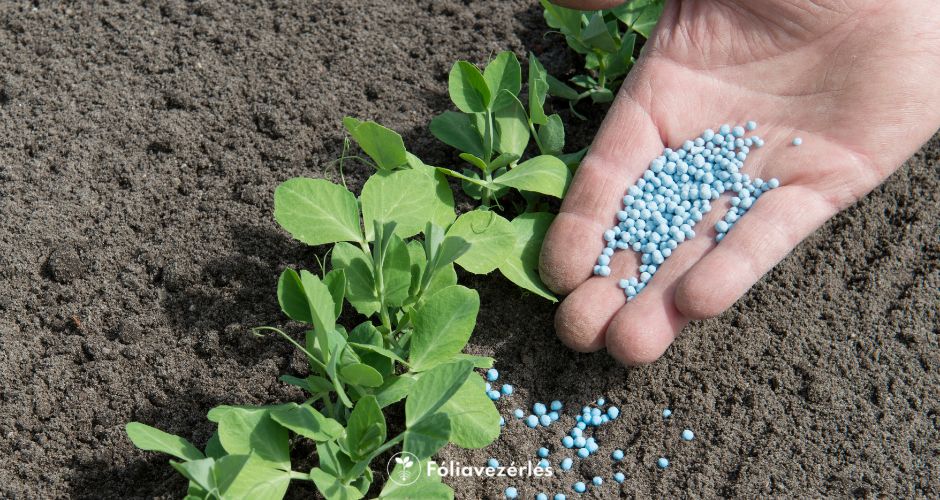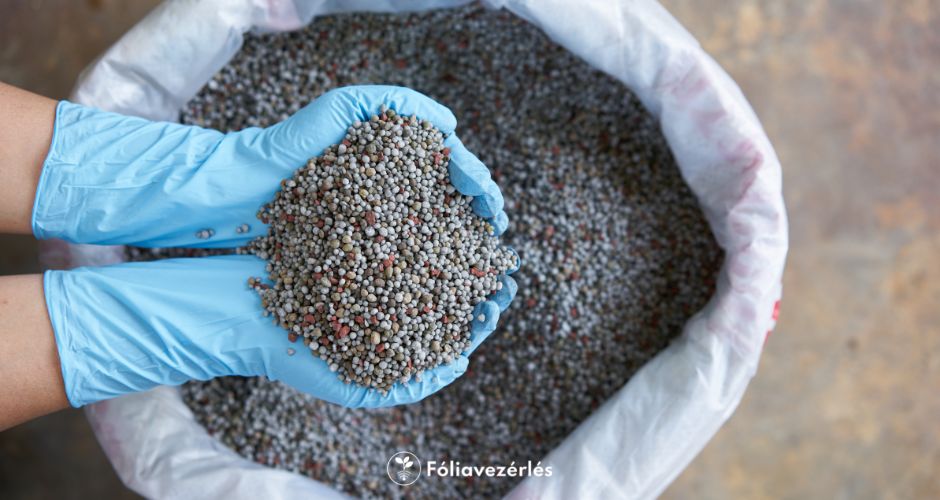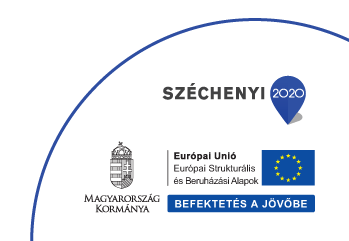A survey by the European Commission’s Directorate-General for Agriculture and Rural Development shows that the price of fertilisers has increased by 110% compared to 2019. As we have seen in the past, this price increase has contributed greatly to the rise of food prices.
The reason is the continuous increase in the market price of natural gas!

The price increase has already caused 50% of the major fertiliser producers to close down or reduce their standard production. According to Fertilisants Europe, the European association of fertiliser producers, almost 70% of European ammonia production has stopped since August due to high gas prices.
It makes us wonder, whether we should look for other solutions to minimise the use of artificial fertilisers in plant cultivation.
Let’s take an example!
Fertiliser supply in a 3,000 square meter thermally heated foil tunnel in the summer without the use of sensors was as follows.
Based on the summer price, a 600-litre stock solution was around 535 EUR, which was enough for 3-4 days.
The same amount in a 3000 square meter foil tunnel, where irrigation and fertilisers application were based on sensors, resulted in a 15-20% reduction in the amount of applied nutrients and irrigation. This increased the sufficient amount by about 1 day.
Namely:
3000 square meter foil tunnel, without sensors
3000 square meter foil tunnel, with sensors
Our savings!
We refill the stock solution every 4 days for 1 month
We refill the stock solution every 5 days for 1 month
1,5 days
7,5×535 EUR= 4012.5 EUR
6×535 EUR= 3210 EUR
802.5 EUR/month
This saving can be calculated for each month when there are plants in the foil, because they constantly require nutrients.
Data is based on the calculations of a farmer from Szentes, from Hungary who says he was able to sell 15-20% more peppers from foil tunnels where his farming was based on data measured by sensors. In foil tunnels where sufficient data were not available, a much smaller amount was harvested from the pepper stems.





